Raise the game

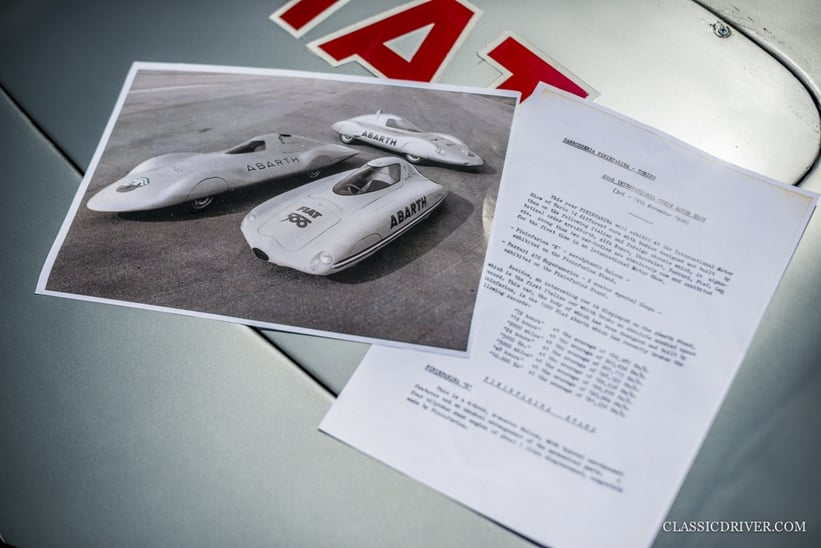

Motorsport isn’t the be all and end all for a car company, particularly if the commercial side of the business is vital to sustain its existence. That’s exactly why Carlo Abarth sought alternative ways of raising the profile of his eponymous sports car brand in the mid-1950s — in spite of its incredible (and continued) success on the race track. One such endeavour was to break endurance speed records and, perhaps inevitably, the famously stubborn engineer succeeded.
The Princess
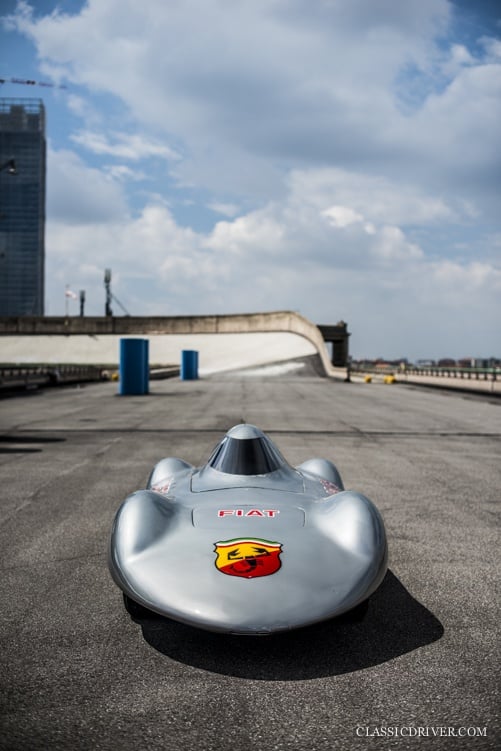
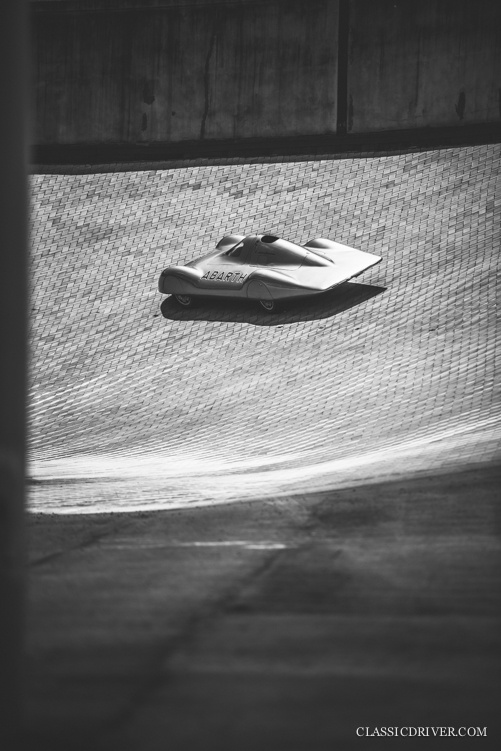
Of the small run of ultra-streamlined speed machines built by Abarth in the latter half of the 1950s, this car — affectionately known as La Principessa — is among the last and most fascinating. Its design was entrusted to Battista ‘Pinin’ Farina, who worked closely with an aerodynamicist in the Polytechnic University of Turin’s wind tunnel to hone the petite yet voluptuous body.
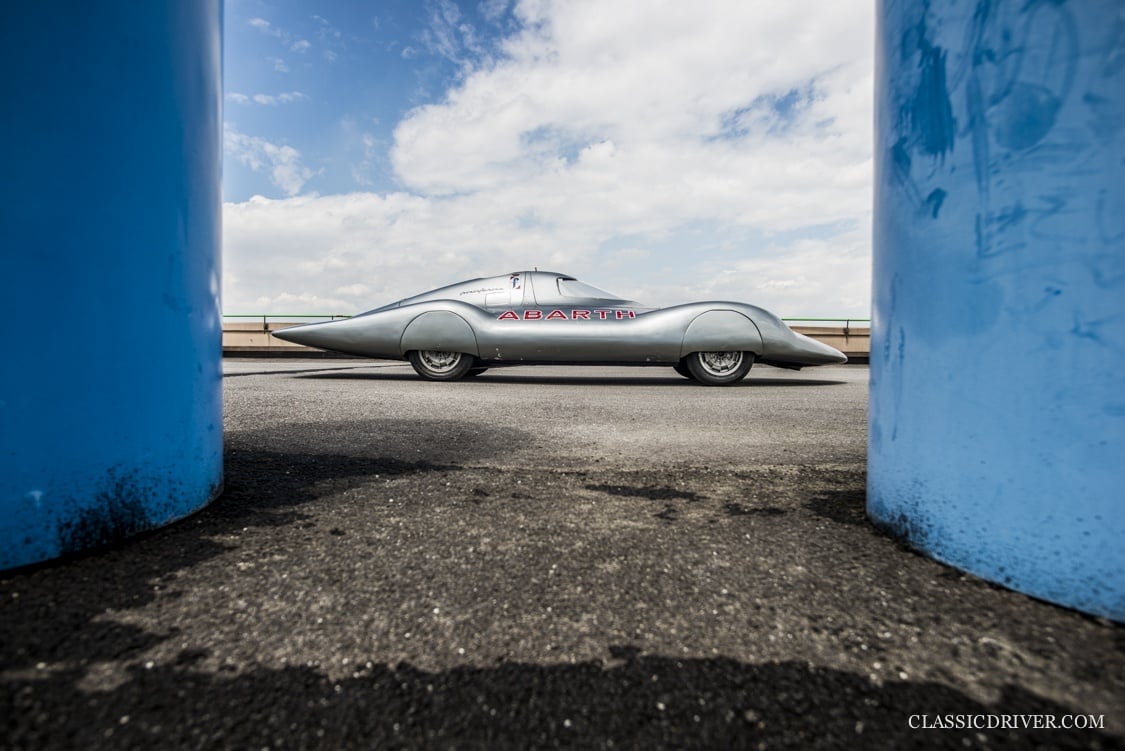
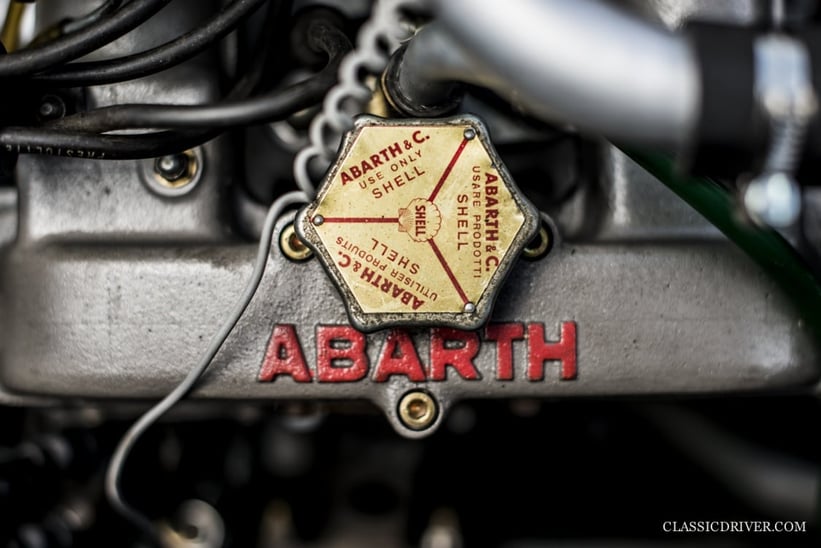
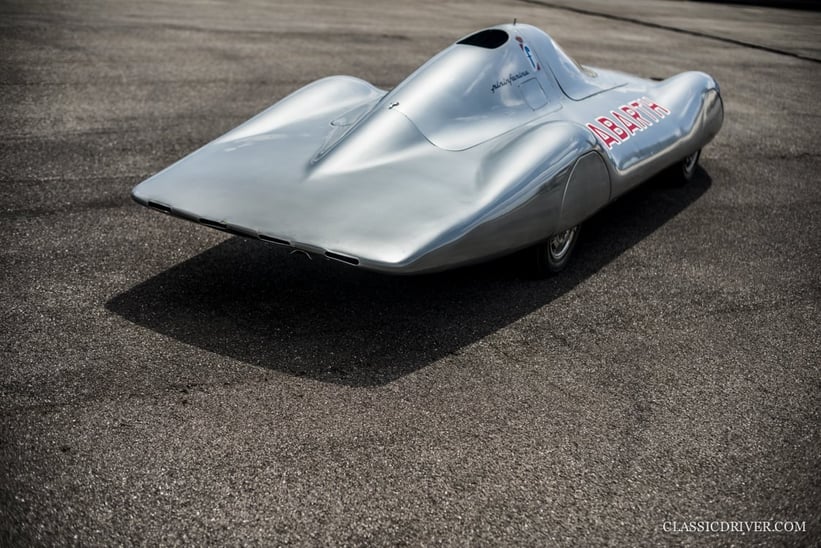
With that Coke bottle-esque shape, those distinct wheel spats, and the chopped steering wheel beneath the fighter jet-like glass canopy, the car drips poise and purpose. Its drag coefficient of 0.20 puts a BMW i8 or a Tesla Model S — two of the most aerodynamic cars you can buy today — to shame. Beneath the slippery surface resided Abarth’s tiny 1,000cc ‘Bialbero’ four-pot, good for 100bhp and, when coupled with the four-speed gearbox, around 135mph.
Go the distance
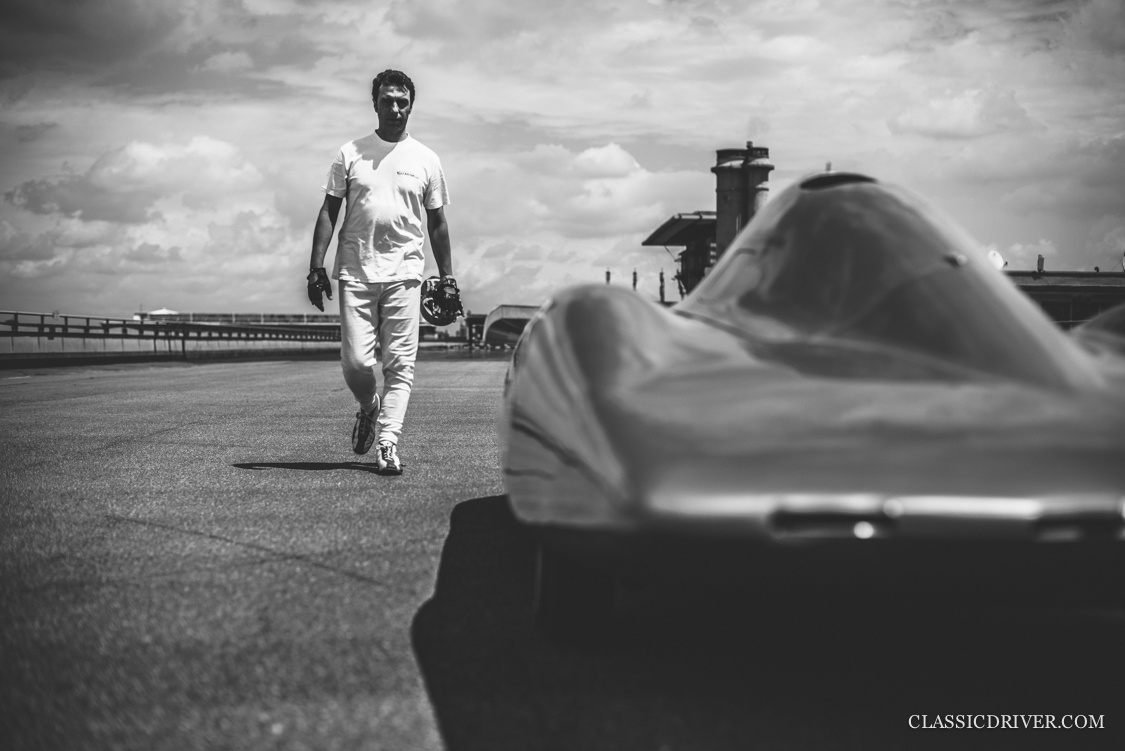
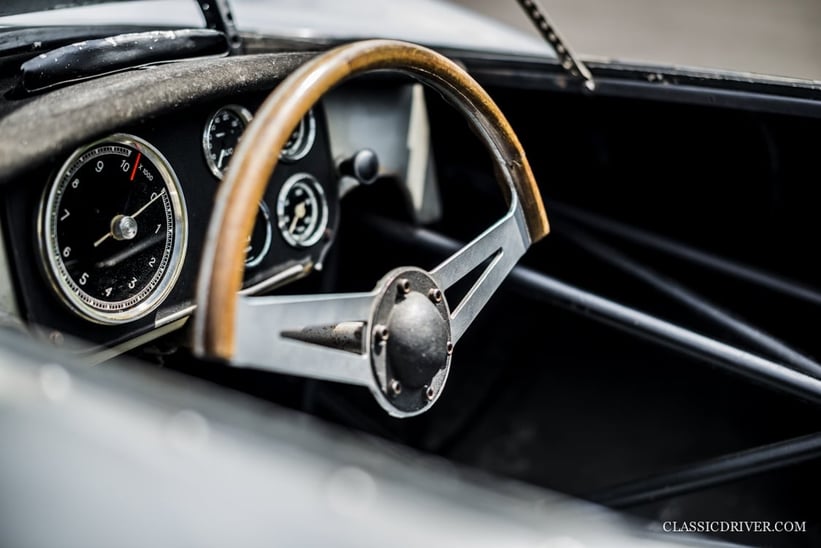

It’s no small wonder, then, that La Principessa was rather adept at what she was intended to do — drive at high speed for inordinate amounts of time. On the historic banks of Monza, this very car claimed nine records, including 10,000km at an average speed of 118.7mph, 12 hours at 126.5mph, and 72 hours at 116mph.
The man behind the wheel for a number of those remarkable feats was the late Mario Poltronieri, a pioneer of the Abarth brand who famously went on to become one of the great Formula 1 commentators. It’s fitting to note that in this, the year La Principessa has reared her beautiful head once again, one of its most talented pilots passed away.
Generation game
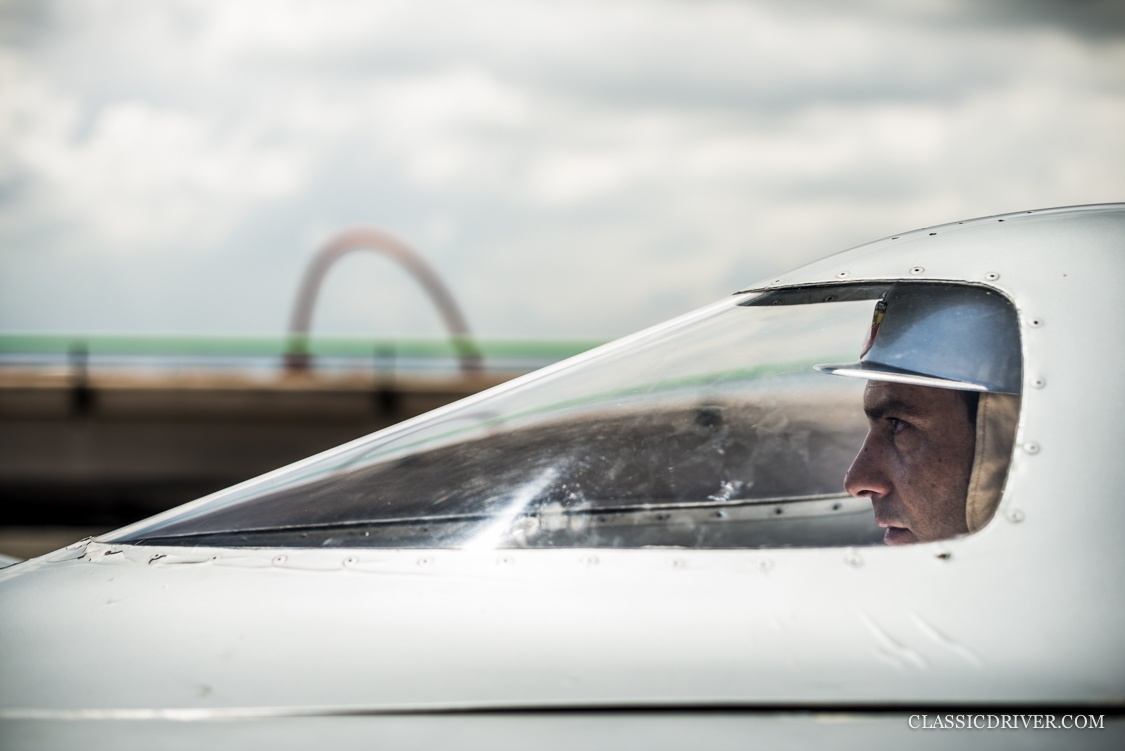
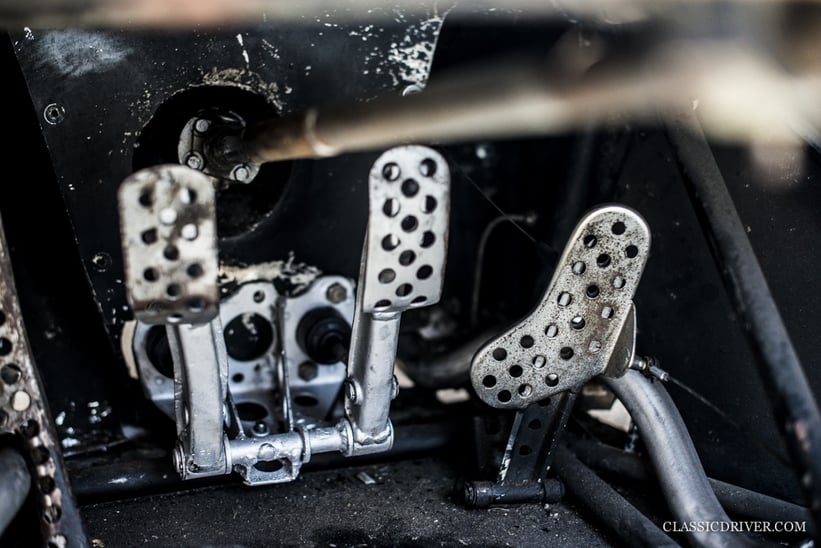

Following its honourable retirement, the car wound up in the possession of Pininfarina, shortly after which it was bought by the Bertolero family, with whom it’s resided ever since. Simone Bertolero, who kindly brought the car to Lingotto for us, takes up the tale. “My father obtained the car directly from the Pininfarina museum a long time ago. We had a lot of cars from Pininfarina in our collection, including the 1969 Ferrari 512S Berlinetta Speciale concept.”
A bumpy ride
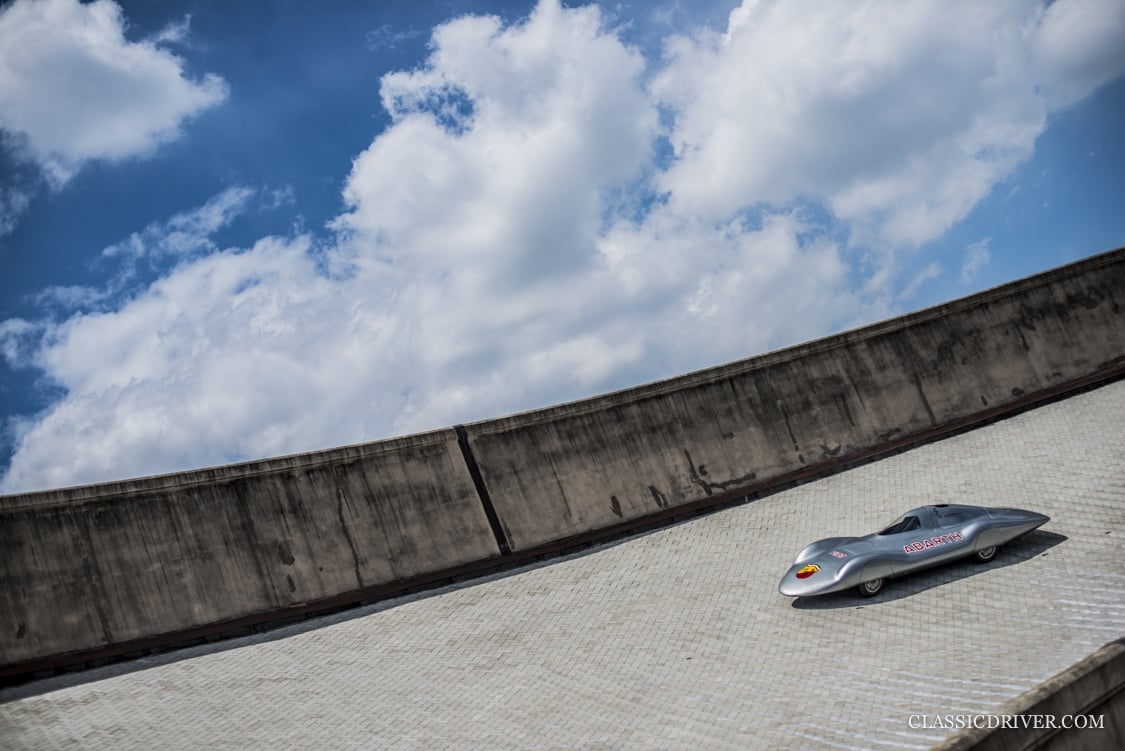
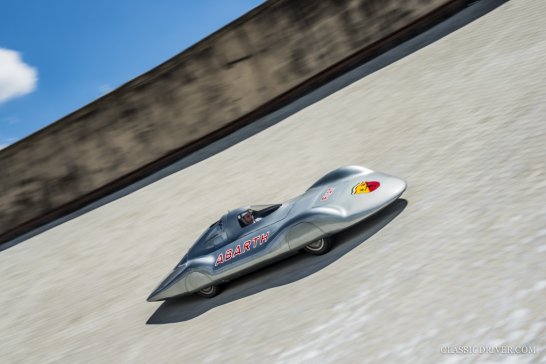
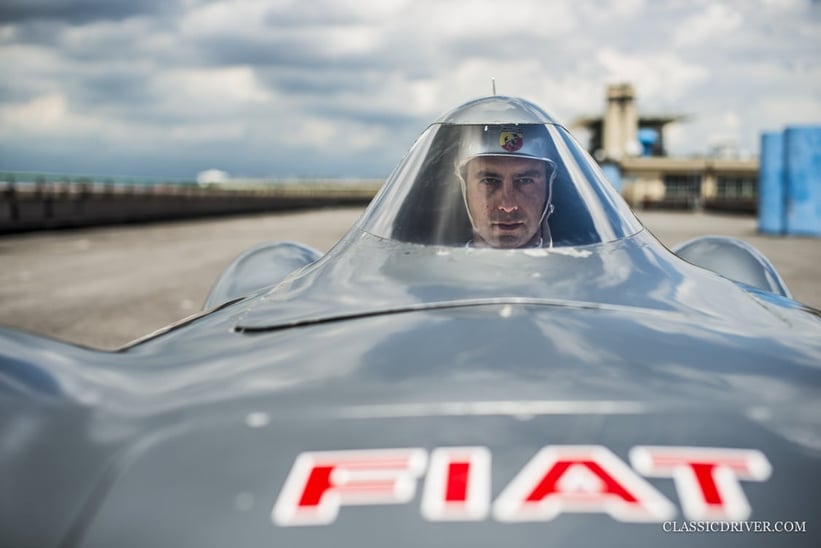
“The car’s body has never been restored and is thus completely original, and at Villa d’Este earlier this year, we won the FIVA Trophy for the best-preserved post-War car.” It wasn’t just the judges whose hearts were won by La Principessa. We’d say that it garnered the most frantic iPhone photos of all the cars there, particularly when it ferociously barked its way around the grounds, just as it did atop Lingotto (where the bumpy disused test track did prove somewhat problematic for the 47-inch-tall machine). “The track’s surface is in bad condition and we made a lot of noise, much to the dismay of the people of Turin below,” says Simone, laughing, “but the car was great fun to drive.”
Stateside success?
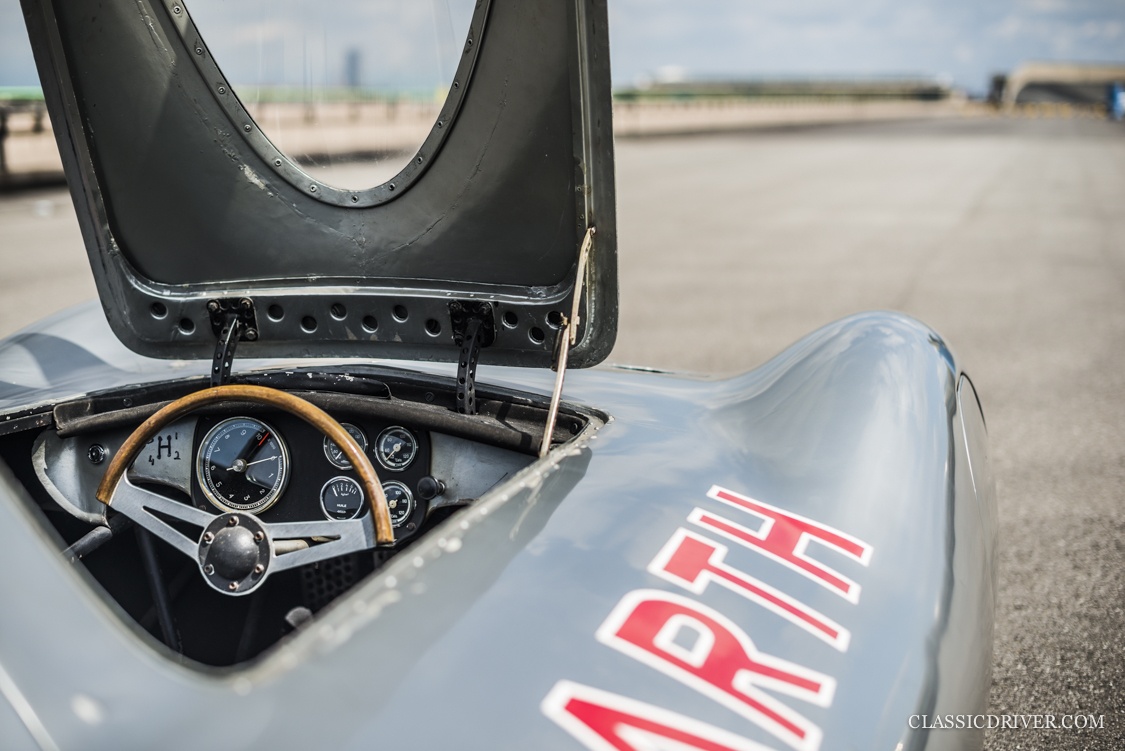

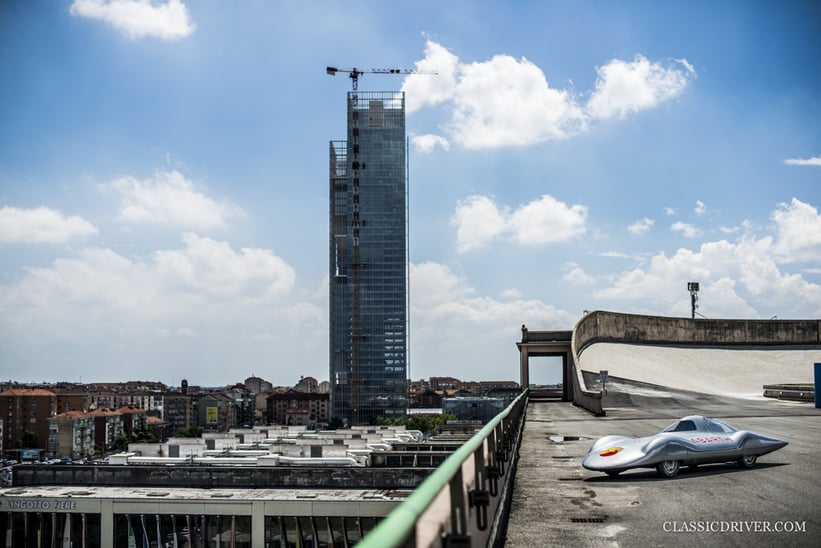
The car is currently on its way to Pebble Beach, where Simone is hopeful that the judges at the prestigious Concours d’Elegance will doff their hats to La Principessa just as much as those at Villa d’Este. Regardless of whether she’s gliding across the gravel, the history-steeped concrete at Lingotto, or the manicured lawns of Pebble Beach, we’ve no doubt La Principessa will one day take the crown she deserves. A remarkable tribute to the ingenuity of both Carlo Abarth and ‘Pinin’ Farina, this car needs to be seen and appreciated by as many people as possible. We can only thank Simone for bringing the car out once again for us to enjoy.
Photos: Rémi Dargegen for Classic Driver © 2017




































































